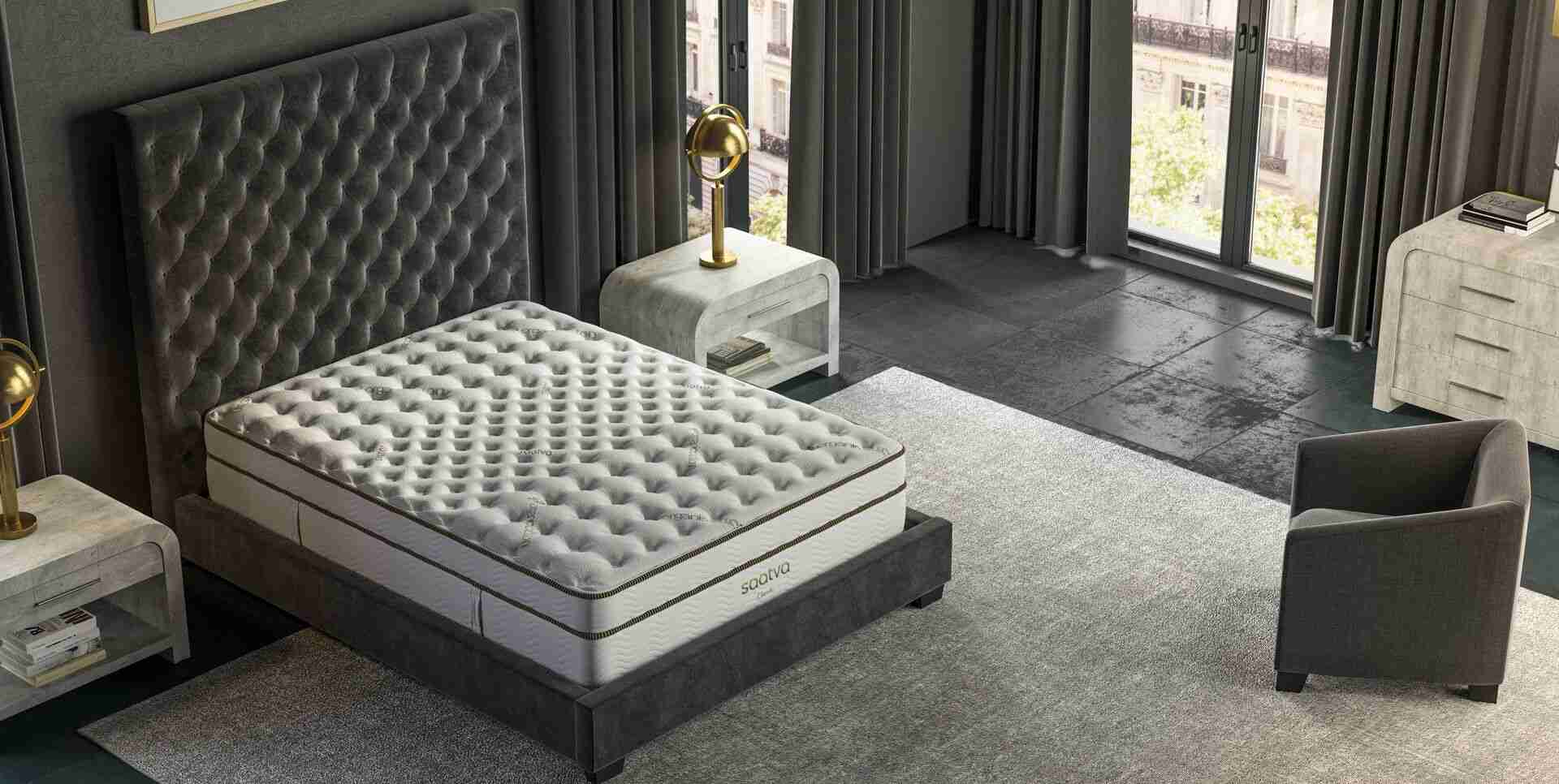Matching your mattress to your sleep position isn’t all that complicated if you stay in one position all night. But what if you, like many people, shift during sleep from your side to your back to your stomach and back again? What does a “combination sleeper” need to look for in a mattress?
The best mattress for combination sleepers
Here’s what to consider when selecting a mattress for a combination sleeper:
Contouring ability
Combination sleepers need a high level of responsiveness in a mattress. It has to compress in proportion to your weight and contour to your body in different positions. To maintain healthy (neutral) spinal alignment, you will want a mattress that:
- Supports your lumbar region when you are on your back.
- Cushions your shoulders and hips when you are on your side.
- Stays firm when you are on your stomach.
You might like: A hybrid mattress. An innerspring mattress topped with a memory foam comfort layer will contour to your body without making you feel like you’re sinking too far into the bed. You can also add a foam mattress topper to an innerspring mattress for extra cushioning.
Ease of movement
Because combination sleepers shift around during sleep, it’s important to choose a mattress that allows for easy movement. A material with more resilience—meaning it quickly returns to its original shape when you shift weight from one spot to another—performs well on this score.
You might like: A latex bed. Like memory foam, latex provides some contouring, but you’ll feel like you’re “floating” on top of the mattress rather than sinking into it. The combination of cradling and resiliency is why medical experts often recommend latex mattresses for people with back pain.
Firmness
If you’re a combination sleeper, your weight and size should factor into your decision. Simply put, the heavier you are, the firmer the mattress you need. The lighter you are, the softer it should be. A good guideline is that if you weigh 100 to 120 pounds, a soft mattress is best; if you weigh 120 to 250 pounds, a medium-firm is best; and if you are over 250 pounds, a firm mattress is best. (Here’s what to look for in a mattress if you’re over 250 pounds.)
You might like: An adjustable air mattress. This type of mattress will allow you to vary the firmness depending on your sleep position or if you and your partner are very different sizes.
Watch this video to learn more about how to choose the best mattress for combination sleepers:
Motion isolation
Because combination sleepers by definition tend to toss and turn, consider a mattress’s ability to isolate motion, especially if you share the bed. Motion isolation means that the movements of a person on one side of the bed won’t jostle the sleeper on the other. Mattresses without springs excel at this. Innerspring mattresses with individually wrapped coils can also minimize motion transfer because the springs move independently.
You might like: A memory foam mattress. With a memory foam mattress, you won’t have to worry about waking your partner up in the middle of the night. That said, memory foam is generally not the best choice for stomach sleepers. So if you regularly find yourself on your stomach, you may want to try a different mattress type or look for a memory foam bed with cooling features.
Suffer from back pain? Here’s how to find the best mattress for back pain.








